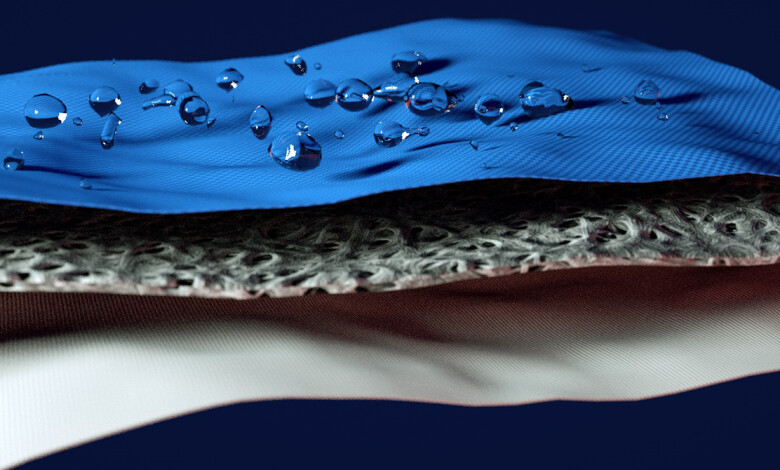Dossier
Artificial textile fiber: the bridge between nature and technology
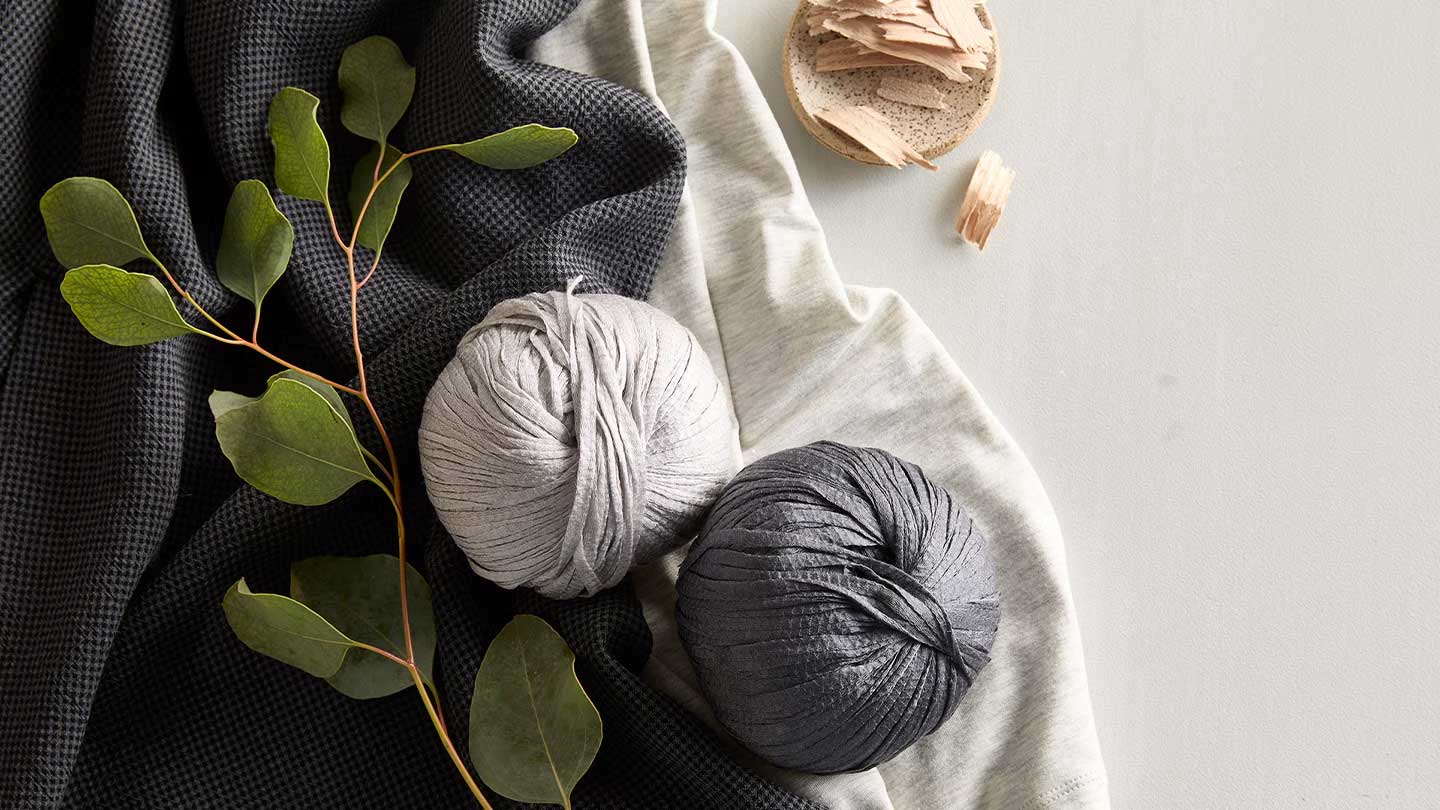
What is an artificial textile fiber?
An artificial textile fiber is a filament obtained by regenerating natural raw materials – wood pulp, bamboo, cotton linters, even agri-food waste – through controlled processes. Artificial fibers are not “natural” in the way that wool or cotton are, nor are they “synthetic” like polyester or nylon are: These fibers lie somewhere in between, and take the best from both worlds. The results are fabrics that have a silky feel, drape elegantly, absorb well, and are very comfortable. To sum it up: artificial textile fibers are a bridge between nature and technology, designed to look good and be long-lasting, while at the same time reducing waste and excess.
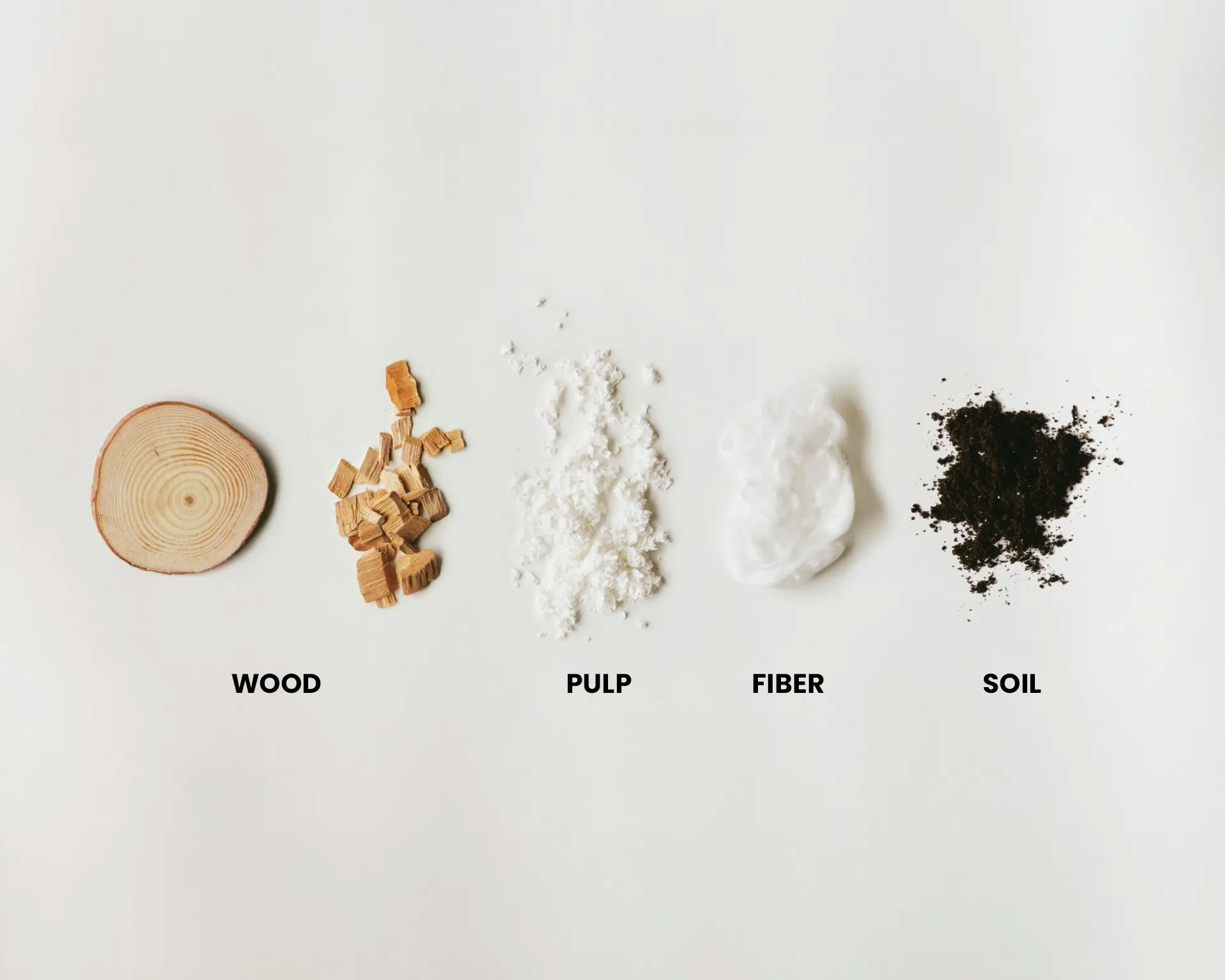

How is artificial textile fiber produced?
It all starts with cellulose. This is dissolved, filtered, and pressed through micro-holes called spinnerets. Once it comes into contact with a regeneration bath, it solidifies into continuous filaments that are then washed, dried, and transformed into thread or fabric.
The most modern variant, Lyocell, uses a solvent that is almost entirely recuperated in a closed–loop system (a closed system that recovers and reuses almost all of the solvent and water), thus reducing consumption and emissions. The result is a regular thread with pleasant tactile properties and reliable performance, ready to be turned into light-weight shirts, flowing dresses, comfortable underwear, and household linens.
Artificial textile fiber: there is more than just Rayon
Many still equate artificial textile fibers with the historic Rayon/Viscose, created in the late 19th century as “artificial silk.” But today, the landscape is much richer.
There is Lyocell (Tencel™), made from eucalyptus or beech cellulose, which is appreciated for its breathability and ability to manage moisture in contact with the skin. Modal, also made from beech cellulose, stands out for its softness and resistance when washed, and is the natural choice for underwear and homewear. Cupro (Bemberg™), made from cotton linters – which are the short fibers that remain attached to the seeds after ginning – has an elegant slipperiness, perfect for linings and light-weight clothing.
Alongside these solutions, there are other avenues that make use of alternative resources: the so-called bamboo viscose (regenerated bamboo cellulose), and projects that transform waste into value, such as Orange Fiber from citrus fruits, or soy fiber from food by-products. The underlying idea is the same: to regenerate natural polymers into high-performance filaments, with a growing focus on traceability.
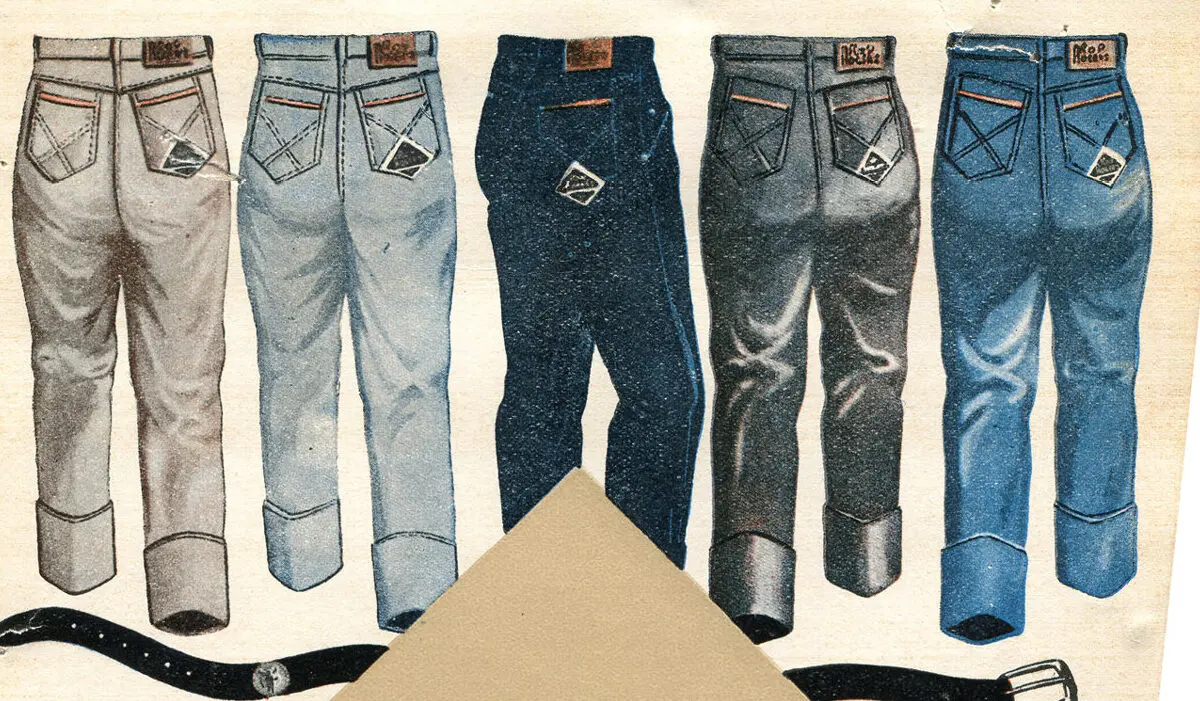

Artificial textile fiber and responsible sustainability
The starting point is promising: the raw material is renewable and, in some cases, comes from waste streams that would otherwise be lost. But it is the process that makes the difference. Closed–loop plants recover solvents and water, reducing the environmental footprint; suppliers who adopt forestry standards and traceability systems ensure more conscious sourcing; certifications such as OEKO–TEX help verify the absence of unwanted residues on the finished garment.
Domestic use also counts: well-designed finishes limit pilling (the small felt balls that form on surfaces due to rubbing) and the dispersion of micro-fragments during washing, while in general, correct habits (moderate temperatures, delicate cycles, appropriate detergents) extend the life of garments. In summary, artificial textile fibers have great potential; to express this potential, each phase must be well designed, and reliable partners must be chosen throughout the supply chain.
Where artificial fibers perform best
Viscose expresses all of its elegance in flowing, and naturally falling draped garments. Underwear and homewear made of Modal guarantees comfort against the skin and optimal washability. Lyocell offers balanced breathability in lightweight technical garments, and fabrics that need to regulate heat and moisture. Home furnishings also benefit from controlled tactile sensations and draping: cool sheets, soft curtains, duvet covers that are pleasant to the touch.
The common thread is always the same: quality that can be perceived at first touch, which lasts over time when accompanied by the right processing and treatments.
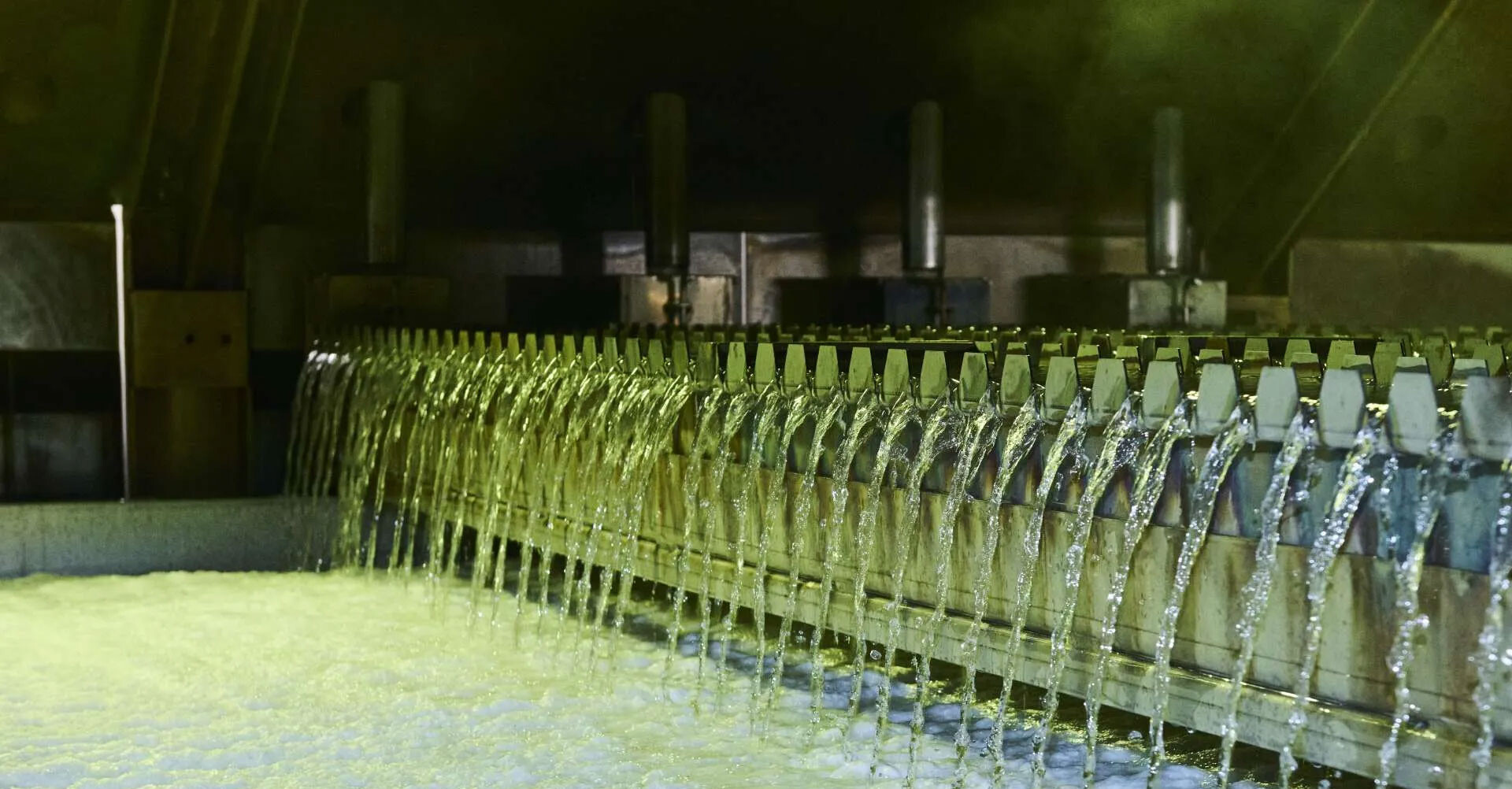

From artificial textile fibers to finished garment: the role of Tonello
“Between the laboratory and the wardrobe” there is a decisive transition: dyeing and finishing. This is where Tonello comes in, designing machines and processes for natural, artificial, and synthetic fibers, with a focus on reducing consumption (water/energy), chemical optimization, and delicate treatment of regenerated cellulosic fibers (feel, brightness, stability). The value lies in repeatability: precise cycles, scalable from prototyping to production, capable of ensuring consistent results season after season.
If you want to understand how these technical choices translate into perceived quality and controlled impact, explore Tonello Technologies and their dyeing machines: you can find processes that transform good threads into a compelling garment, ready for the market.
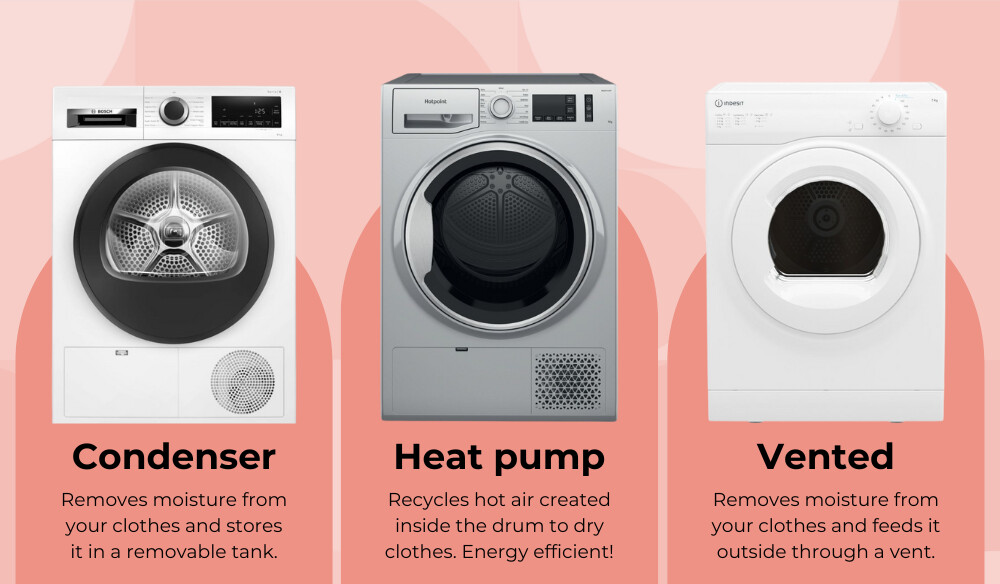

Condividi l’articolo:



